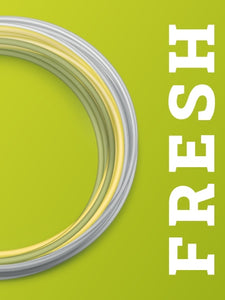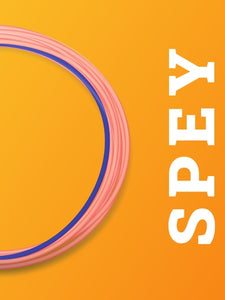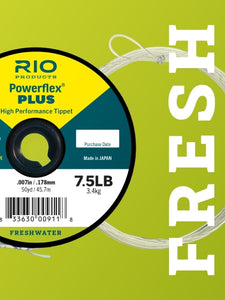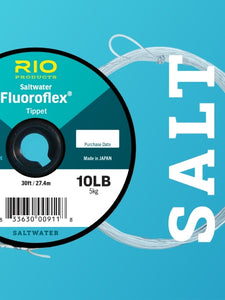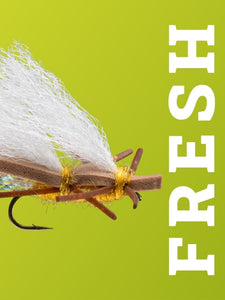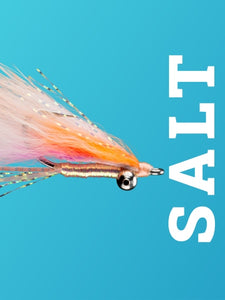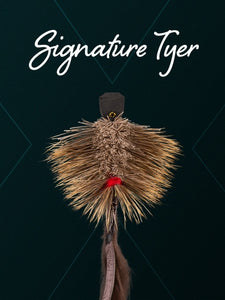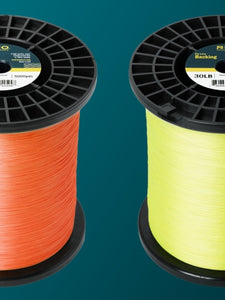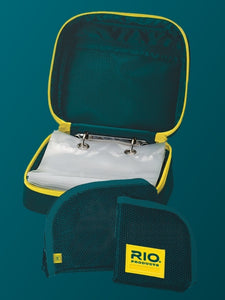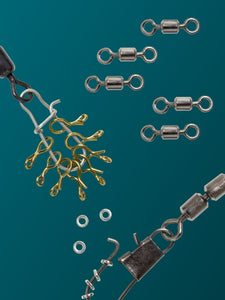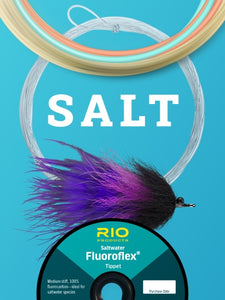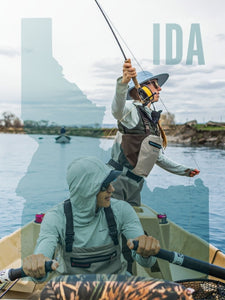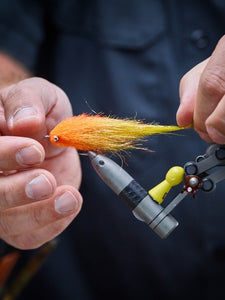
Behind The Fly - RIO'S Emma's Stone
RIO Fly Designer Patrick Kilby has fished more than a few stonefly hatches over the years. From Salmon Flies to Golden Stones, even Skwalas and Yellow Sallies, Patrick has fished them all, with the Golden Stonefly hatch being his favorite, and for a good reason. These giant bugs tend to draw big fish to the surface resulting in explosive dry fly eats. Stonefly hatches offer anglers a choice of methods to fish them—dead drifting, twitching, or adding a dropper to one. Any one of these tactics can be effective with the right fly, and we have a feeling you’ll more than enjoy the results with arguably the best dry fly action of the season.

Patrick's advice for fishing a stonefly fly hatch is to start early in the morning with a dry-dropper rig. Don’t be afraid to Forgo the “Dry Fly or Die” mentality just for a few hours so you can efficiently find fish before the topwater frenzy begins.
"I fish the flies a little further off the banks and away from overhangs to keep the dropper clear of snagging but as soon as fish are keyed in on the dries, I cut the dropper off. Now I can fish my dry more aggressively—meaning tighter to the banks or under overhanging Alder trees. I dead drift my fly 90% of the time, but if I know a fish is in a particular spot, then just as my fly approaches the area, I give it a very subtle twitch to make it look alive."
It's not uncommon for Patrick to draw inspiration from his kids when designing a pattern. This stonefly is no different, taking inspiration from his daughter Emma.

Petite
For starters, I chose a dry fly hook with a light wire gauge. Second, I kept the foam deck a little on the slender side, knowing that it would support the light wire hook.
Gentle but fierce
The front and rear hackles make this fly very light and easy to cast in conjunction with the foam deck, making it ideal for accurate shots along grassy banks or near overhanging branches.
Impressionistic yet based in reality
There are three different types of flies—realistic flies that are so accurate, you might think they are the natural insect but are better for an art display, not on the end of your tippet. Then, semi-realistic fly patterns take a realistic art quality fly but make it a fishable version. Lastly, there are Impressionistic flies which are described as "buggy." These capture the essence or spirit of an insect. I'd classify RIO's Emma's Stone in between Impressionistic and semi-realistic. The tails, wing, and two-tone body colors are somewhat realistic, but the feathers, flash, and legs give the impression of movement and life.
Fun to be around
Let's face it if we're out on the water throwing stonefly dries; we're having a good time.
